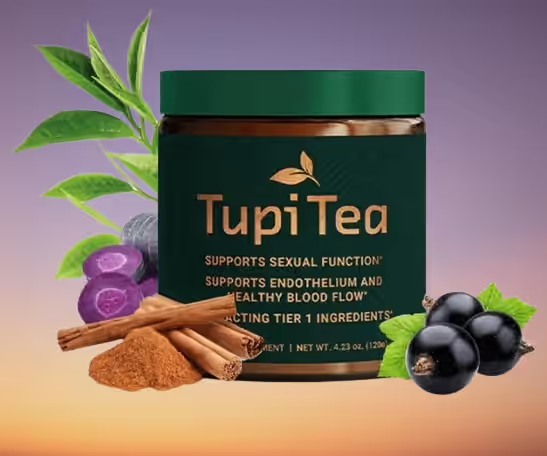Table of Contents
When comparing earl gray tea vs black tea, many tea lovers are often confused about what really sets them apart. After all, both are among the most popular tea varieties in the world. While black tea stands as one of the most consumed beverages globally, Earl Gray brings something special to the table with its distinctive bergamot oil infusion. In fact, Earl Gray actually uses black tea as its base, but with the addition of bergamot orange oil that creates that signature citrusy aroma and flavor profile.
What makes this comparison particularly interesting is how the same Camellia sinensis plant can yield such different experiences. Black tea offers a bold, strong character on its own, whereas Earl Gray greets you with bright, slightly floral, and zesty notes. The caffeine content also varies, with Earl Gray typically containing between 40 to 120 mg per cup depending on steeping time. Furthermore, both varieties contain similar antioxidants and nutrients, although they serve different preferences and occasions. Whether you’re curious about their origins, brewing methods, or which one might better suit your morning routine, we’ll explore everything you need to know about these beloved teas.
What Makes Earl Gray and Black Tea Different?
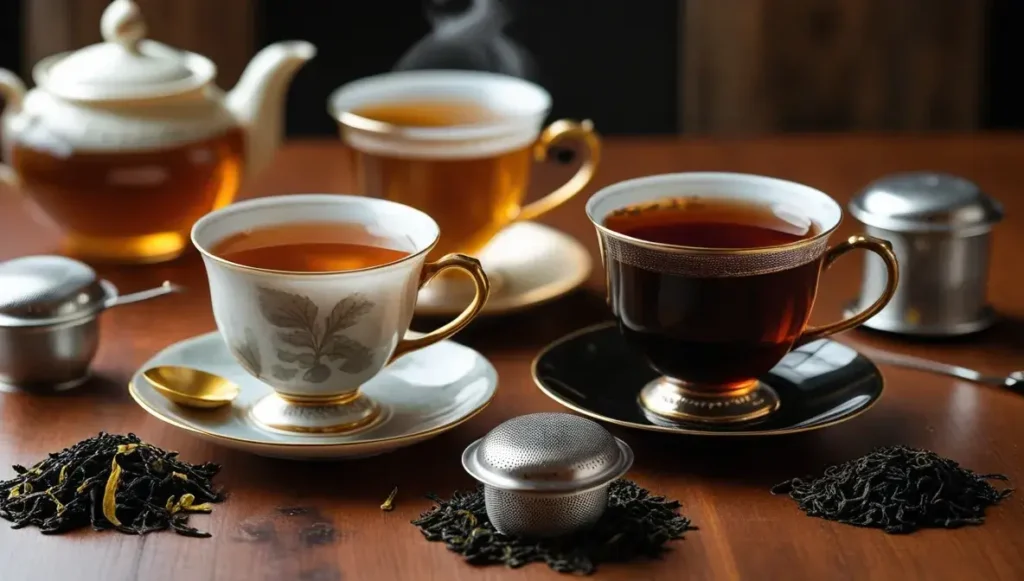
Unlike many tea varieties that differ completely in leaf type, the distinction between Earl Gray and black tea comes down to one key ingredient. Earl Gray is primarily a black tea that has been infused with bergamot oil, giving it its distinctive character.
Tea Base: Is Earl Gray a Black Tea?
The short answer is yes—Earl Gray uses black tea as its foundation. Both teas originate from the Camellia sinensis plant and undergo similar initial processing. The original Earl Gray recipe specifically used black tea as its base, maintaining the same caffeine content (approximately 40mg per cup) and steeping requirements as regular black tea. Interestingly, the Gray family never trademarked the Earl Gray name or protected the formula, allowing countless variations to emerge. Some modern versions use green tea or oolong leaves instead of black tea, often marketed under names like “Earl Green” to distinguish them from the classic.
Flavor Additions: Bergamot Oil vs Pure Leaves
The defining characteristic of Earl Gray is the addition of bergamot oil, whereas black tea consists solely of processed tea leaves. Bergamot (Citrus bergamia) is a citrus fruit grown predominantly in Calabria, Italy, which accounts for 90% of global bergamot oil production. The oil is extracted from the fruit’s rind through cold-pressing or steam distillation. This distinctive oil is what gives Earl Gray its citrusy, slightly floral character. Notably, bergamot fruit itself is considered nearly unpalatable due to its intensely bitter and sour taste, yet its oil creates a captivating flavor when blended with tea.
Processing Methods: Oxidation and Infusion Differences
Black tea undergoes full oxidation, resulting in its dark color and robust flavor profile rich in tannins. To create Earl Gray, manufacturers use one of two methods: either spraying/coating the black tea leaves with bergamot oil, or adding dried bergamot orange rinds to the tea blend. The first method typically produces a stronger citrus flavor. The drying process of the tea leaves also impacts the final taste—some are roasted while others are pan-fired or steamed, creating subtle variations in flavor notes. For both teas, steeping times generally range from 2-3 minutes, though some recommend up to 5 minutes to fully develop the aromatic qualities.
👉 Discover the Premium Earl Grey Tea Loved by Experts 👈
Taste and Aroma Comparison
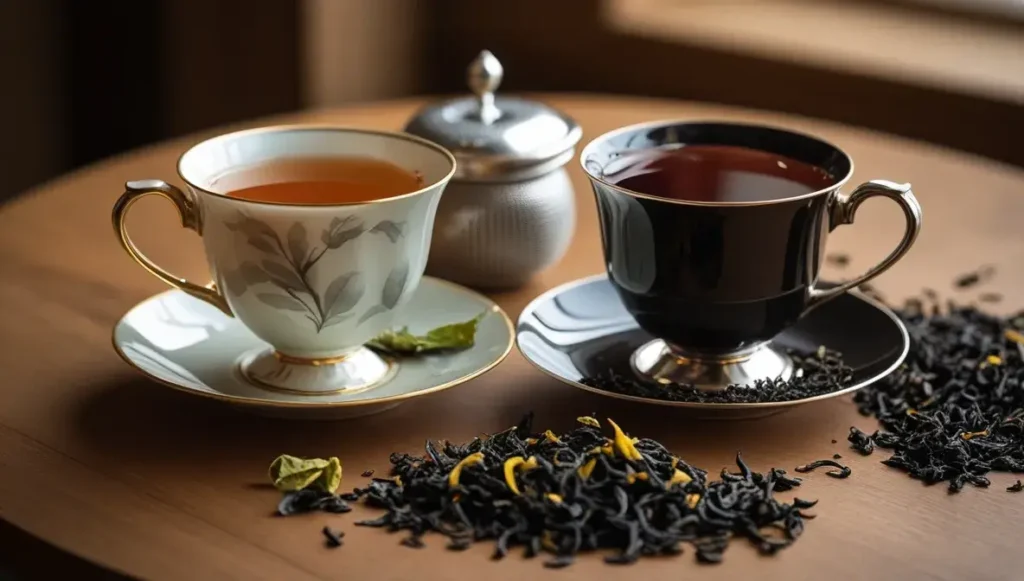
The sensory experience remains the primary factor that distinguishes these two beloved beverages. Understanding their taste profiles helps tea enthusiasts make informed choices based on personal preferences.
Flavor Profile: Citrus Notes vs Malty Richness
Black tea delivers a robust, rich, and malty flavor profile that many describe as full-bodied and earthy. Varieties like Assam and Irish Breakfast offer natural sweetness with a robust character. Meanwhile, Earl Gray elevates this foundation with the bright, zesty addition of bergamot oil, creating a symphony of tastes that dance on the tongue. This citrusy brightness gives Earl Gray a subtle, flowery note that black tea alone cannot provide.
Aroma Experience: Floral vs Earthy
The distinction becomes even more apparent in their scents. Black tea presents a robust, earthy aroma with occasionally smoky undertones. Conversely, Earl Gray leaves an alluring fragrance in the air with zesty undertones that stimulate the senses. Many describe Earl Gray as “perfumey” because bergamot oil has been used in perfumes and colognes for over 300 years.
Mouthfeel and Aftertaste Differences
Black tea often leaves a slight dryness in the mouth, especially with longer steeping times. Earl Gray, however, tends to be more refreshing and smoother on the palate. Both teas offer balanced experiences, yet Earl Gray provides an additional layer of complexity that makes each sip distinctly memorable.
Caffeine and Brewing Guide
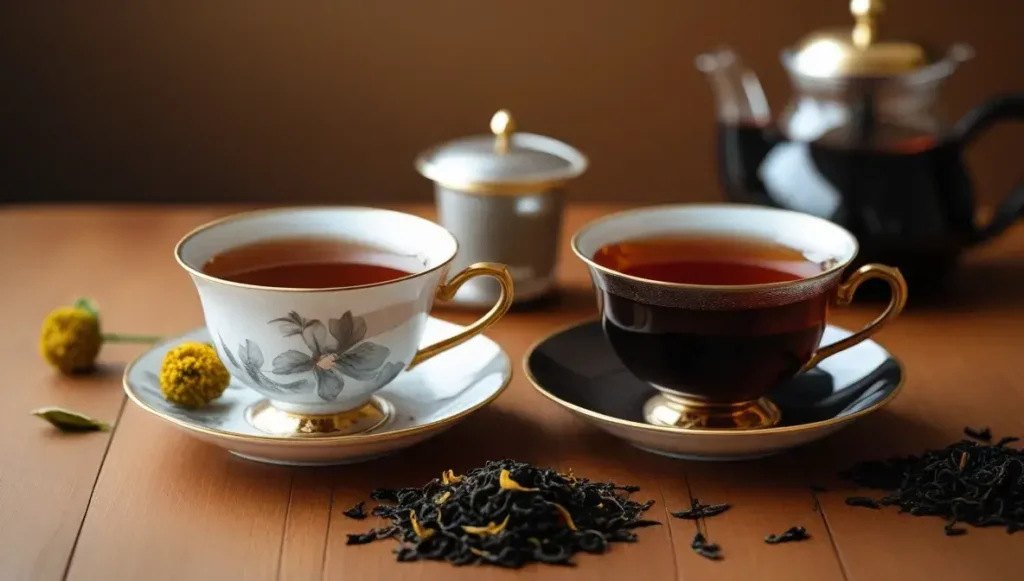
Proper brewing techniques greatly enhance both the flavor profile and caffeine extraction of your tea. Understanding these differences helps you achieve the perfect cup every time.
Earl Gray vs Black Tea Caffeine Content
Since Earl Gray uses black tea as its base, both contain similar amounts of caffeine. A standard 8-ounce cup of Earl Gray typically contains 40-60mg of caffeine, roughly half the amount found in coffee. Black tea’s caffeine content ranges between 40-50mg per cup. Despite similar levels, Earl Gray often feels more energizing, as bergamot oil accelerates caffeine absorption in the body. For those seeking reduced caffeine, a helpful technique is to steep the leaves for 30-40 seconds, discard this initial brew, then steep again for 3.5 minutes.
Brewing Temperature and Time
Both teas thrive at specific temperatures for optimal flavor. Black tea should be brewed at 205-212°F (just below boiling), whereas Earl Gray performs best at 208°F (96°C). For Darjeeling-based Earl Gray, a lower temperature of 185-195°F is recommended. Steeping time significantly impacts taste—most experts suggest 3-5 minutes for both varieties. Certain black teas have specific optimal times: Darjeeling (3 minutes), Earl Gray (3-5 minutes), and English Breakfast (4 minutes). Extending beyond 5 minutes typically results in excessive bitterness.
Best Practices for Loose Leaf vs Tea Bags
Loose leaf tea offers superior quality compared to tea bags, which often contain “tea dust”—the broken bits from processing. For loose leaf brewing, use one teaspoon per 6-ounce cup or two teaspoons for every 8-ounce glass if making iced tea. Loose leaves need space to unfurl completely, releasing their full flavor profile. Additionally, warming your teapot before brewing helps maintain consistent temperature throughout steeping. For both types, filtered water significantly enhances taste, as tap water’s minerals and additives can alter the tea’s natural flavors.
👉 Experience the Premium Black Tea That Redefines Perfection 👈
Versatility and Use Cases
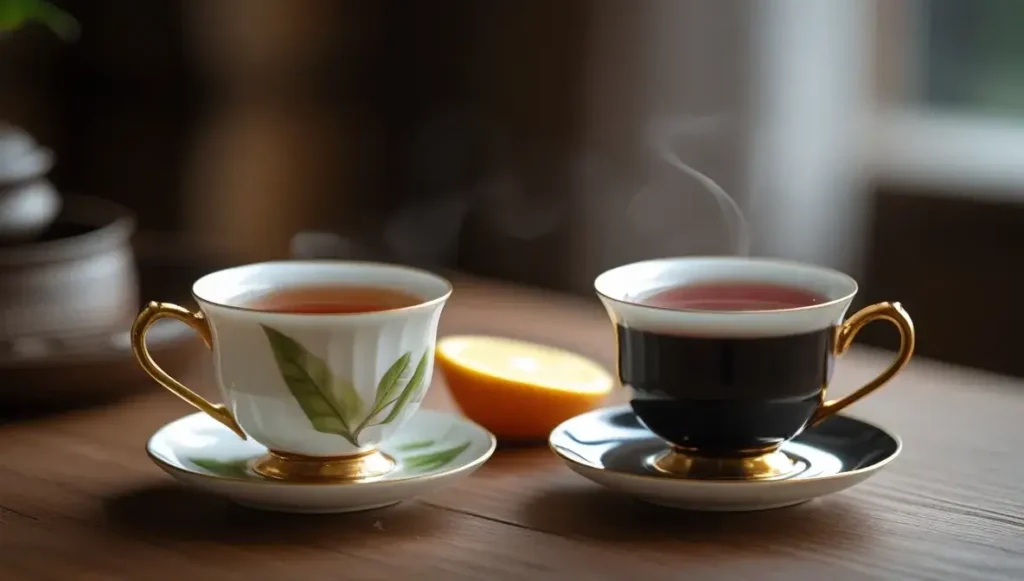
Both earl gray and black tea shine beyond the teacup, offering versatile applications in various culinary contexts. Their distinct characteristics create different experiences when combined with other ingredients.
Milk and Sugar Compatibility
Beyond being pure tea, both varieties welcome additions. Black tea readily accepts milk and sugar, creating a balanced, comforting drink. Indeed, many purists recommend 2% milk for its ideal creaminess balance. Earl Gray, typically considered a flavored black tea rather than herbal, transforms wonderfully with milk and sugar into a creamy delight. For an elevated experience, try a “London Fog” – Earl Gray with steamed milk and vanilla syrup, a cafe favorite combining the tea’s citrus notes with creamy sweetness.
Use in Bubble Tea: Which Works Better?
Black tea ranks among the three preferred teas for bubble tea alongside green and oolong due to its robust profile and compatibility with numerous boba ingredients. Subsequently, Earl Gray, with its distinct bergamot essence, makes delicious bubble tea but won’t pair universally with all flavor combinations. For the perfect Earl Gray bubble tea, brown sugar enhances the experience by offering deeper, richer flavor than white sugar. Furthermore, while whole milk creates the creamiest texture, plant-based alternatives like oat or almond milk provide excellent options.
Pairing with Food: Cakes, Breakfast, and More
Food pairing elevates the tea experience considerably:
- Black tea: Pairs excellently with hearty breakfasts, spicy dishes, and meat-based meals
- Earl Gray: Complements lemon desserts, lavender-infused treats, and chocolate perfectly
- Both: Enhance baked goods when incorporated as ingredients
Side-by-Side Comparison: Earl Gray Tea vs Black Tea
| Characteristic | Earl Gray | Black Tea |
|---|---|---|
| Base | Black tea with bergamot oil infusion | Pure Camellia sinensis leaves |
| Flavor Profile | Bright, citrusy, slightly floral with zesty notes | Bold, robust, malty, earthy with natural sweetness |
| Aroma | Perfumey, zesty with floral undertones | Robust, earthy, occasionally smoky |
| Caffeine Content | 40-60mg per cup | 40-50mg per cup |
| Optimal Brewing Temperature | 208°F (96°C) | 205-212°F |
| Steeping Time | 3-5 minutes | 2-5 minutes (varies by type) |
| Mouthfeel | Refreshing and smooth | Slightly dry, especially with longer steeping |
| Milk Compatibility | Excellent – popular in “London Fog” | Excellent – commonly taken with milk |
| Food Pairings | Lemon desserts, lavender treats, chocolate | Hearty breakfasts, spicy dishes, meat-based meals |
| Bubble Tea Suitability | Good, but limited flavor combinations | Excellent, among top three preferred choices |
| Processing Method | Black tea base with bergamot oil spray/coating or dried bergamot rinds | Full oxidation of tea leaves |
👉 Elevate Your Senses with Our Superior Earl Grey Tea 👈
Conclusion: Choosing Between Earl Gray Tea vs Black Tea
Throughout this taste guide, we’ve explored the fascinating world of Earl Gray and black tea, uncovering their similarities, differences, and unique characteristics. Both varieties originate from the same Camellia sinensis plant, yet each offers a distinct sensory experience.
The addition of bergamot oil transforms ordinary black tea into the aromatic Earl Gray we know and love. This single ingredient creates a remarkable difference – giving Earl Gray its signature citrusy, slightly floral profile compared to black tea’s robust, malty richness. Though similar in caffeine content, Earl Gray sometimes feels more energizing because bergamot oil actually helps accelerate caffeine absorption in our bodies.
Brewing techniques remain fairly consistent between both varieties, though temperature and steeping time adjustments can enhance their individual qualities. Black tea welcomes milk and sugar additions, while Earl Gray shines in specialty drinks like the beloved London Fog. Additionally, both teas demonstrate impressive versatility beyond the teacup, working wonderfully in bubble tea and pairing beautifully with various foods.
After all, the choice between Earl Gray and black tea ultimately comes down to personal preference and occasion. Black tea might be your go-to for a bold morning cup or complement to a hearty breakfast. Conversely, Earl Gray could serve as your afternoon refreshment or accompany your favorite dessert. Either way, both offer delightful experiences with centuries of tradition behind them.
We hope this guide helps you appreciate the nuances between these beloved teas and perhaps encourages you to try new ways of enjoying them. Whether you’re team Earl Gray, team black tea, or appreciate both equally, the world of tea offers endless opportunities for exploration and enjoyment.
Key Takeaways
Understanding the differences between Earl Gray and black tea helps you choose the perfect cup for any occasion and brewing preference.
• Earl Gray is actually black tea infused with bergamot oil, creating citrusy, floral notes versus black tea’s robust, malty flavor • Both contain similar caffeine levels (40-60mg per cup), but bergamot oil in Earl Gray accelerates caffeine absorption for enhanced energy • Optimal brewing requires 208°F for Earl Gray and 205-212°F for black tea, with 3-5 minute steeping times for best flavor extraction • Black tea excels in bubble tea and pairs with hearty foods, while Earl Gray shines in specialty drinks like London Fog and complements desserts • Both varieties welcome milk and sugar additions, making them versatile for different taste preferences and culinary applications
The choice ultimately depends on whether you prefer bold, earthy richness or bright, aromatic complexity in your daily tea ritual.
FAQs
Q1. What is the main difference between Earl Gray and black tea? Earl Gray is a flavored black tea infused with bergamot oil, giving it a distinct citrusy and slightly floral taste. Regular black tea, on the other hand, has a robust, malty flavor without any additional flavorings.
Q2. Does Earl Gray have more caffeine than black tea? Earl Gray and black tea have similar caffeine content, typically ranging from 40-60mg per cup. However, Earl Gray may feel more energizing because the bergamot oil can accelerate caffeine absorption in the body.
Q3. How should I brew Earl Gray tea for the best flavor? For optimal Earl Gray brewing, use water heated to 208°F (96°C) and steep for 3-5 minutes. This allows the bergamot flavor to fully develop without over-extracting the tea leaves, which can lead to bitterness.
Q4. Can I add milk to Earl Gray tea? Yes, Earl Gray pairs well with milk. It’s particularly popular in a drink called “London Fog,” which combines Earl Gray with steamed milk and vanilla syrup. However, some prefer it without milk to fully appreciate the bergamot flavor.
Q5. What foods pair well with Earl Gray tea? Earl Gray complements a variety of foods, particularly lemon desserts, lavender-infused treats, and chocolate. It also works well in baked goods when used as an ingredient, adding a unique citrusy note to cakes and pastries.
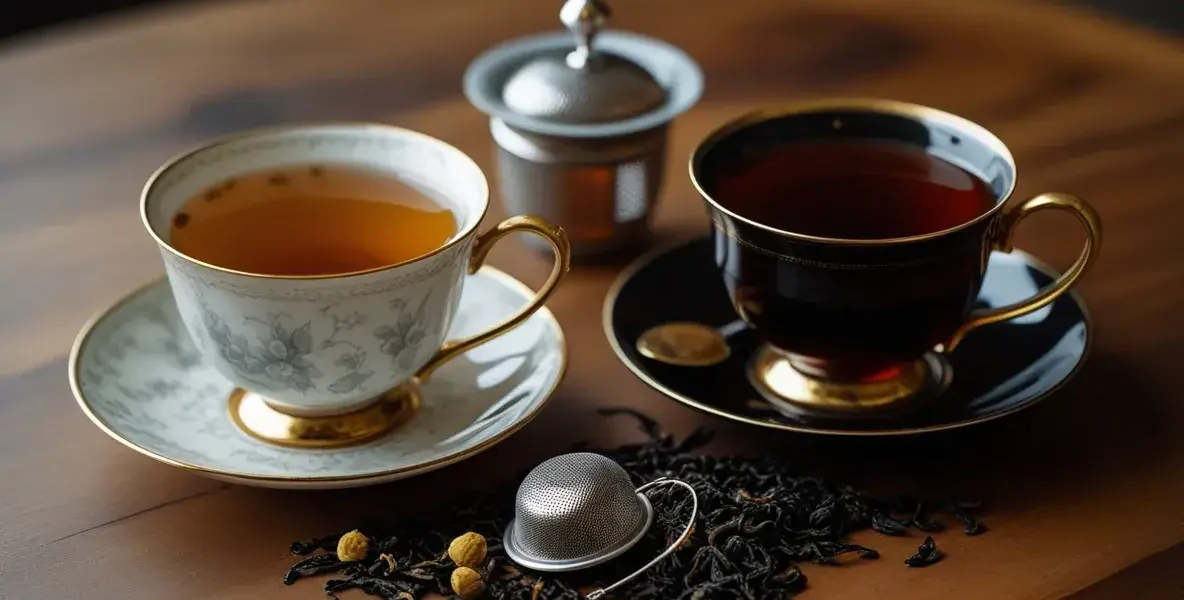

![Jasmine Tea vs Green Tea Benefits: Which Gives Better Health Results? [2025] jasmine tea vs green tea benefits](https://www.goteaworld.com/wp-content/uploads/2025/09/jasmine-tea-vs-green-tea-benefits-150x150.webp)


![Pu Erh Tea vs Green Tea: Which is Better for Daily Health? [2025] pu erh tea vs green tea](https://www.goteaworld.com/wp-content/uploads/2025/10/pu-erh-tea-vs-green-tea-150x150.webp)







